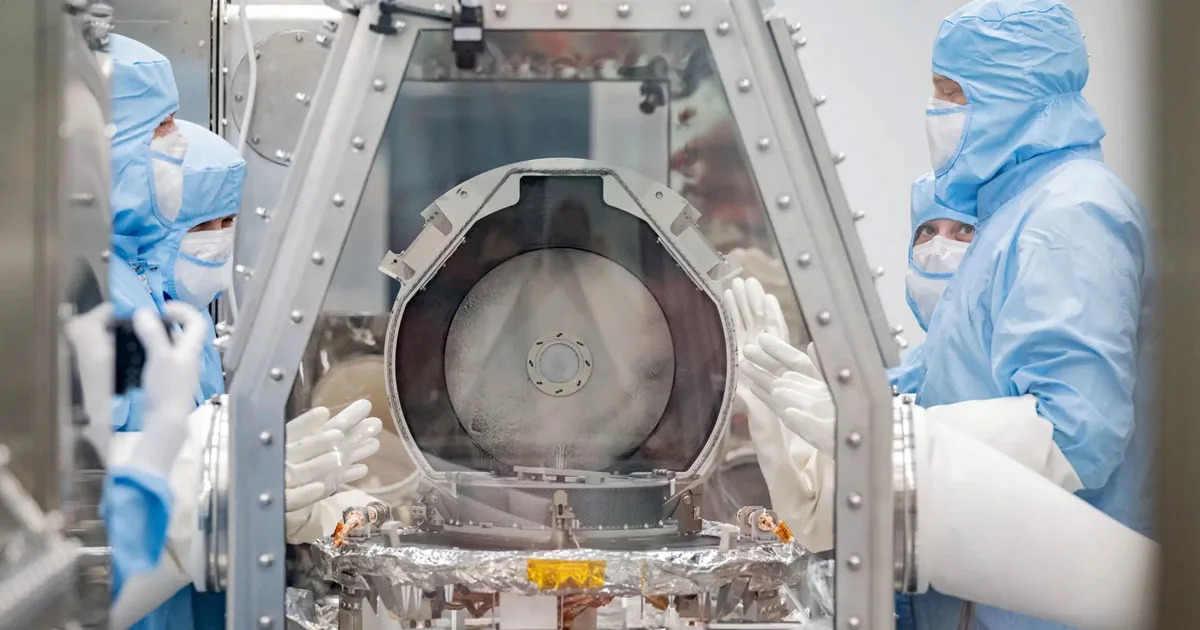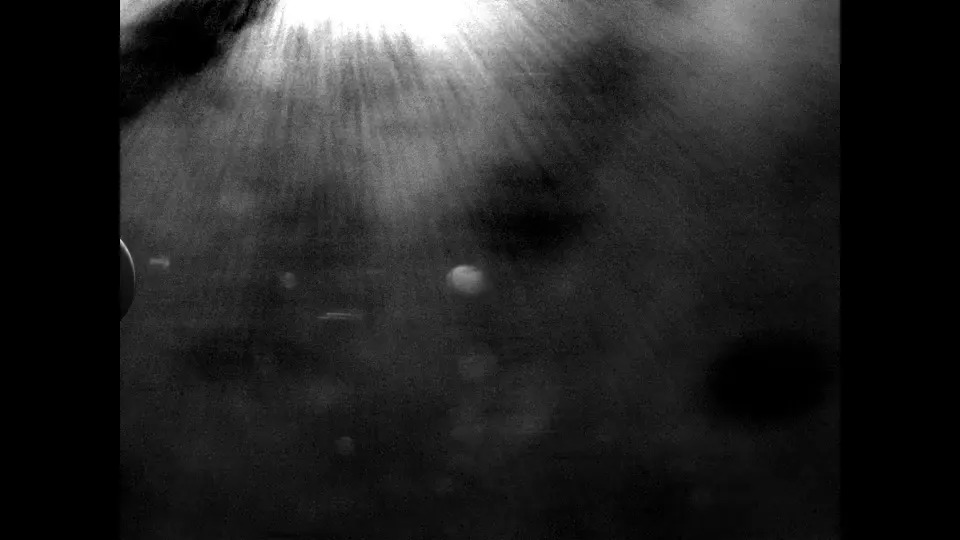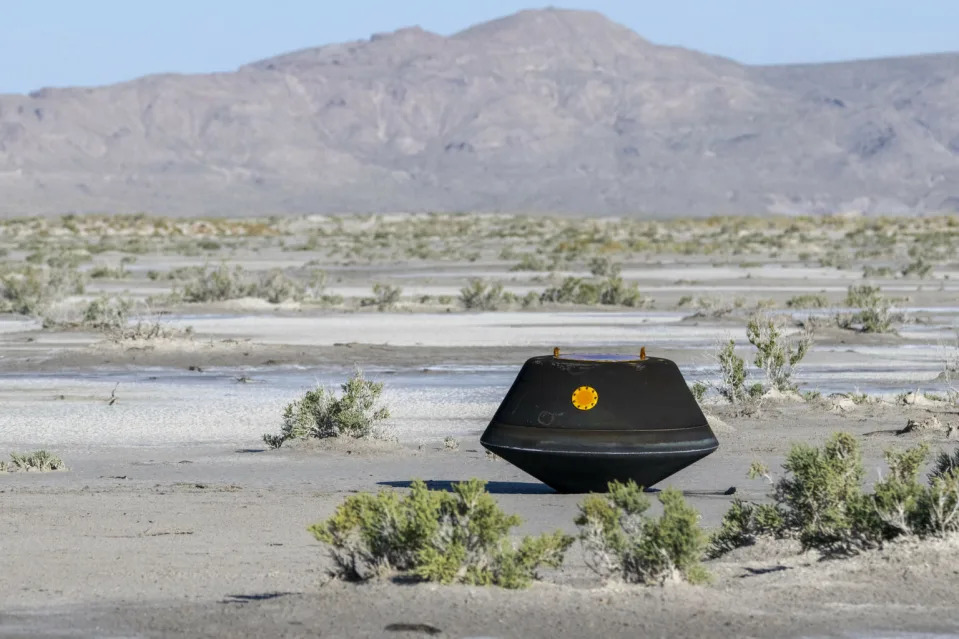Victor Tangermann
Thu, October 5, 2023

Special Delivery
Last month, NASA's OSIRIS-REx mission successfully dropped off incredibly rare samples it collected from the asteroid Bennu, tens of millions of miles away, which could provide tantalizing glimpses into the earliest stages of our solar system.
The capsule safely landed in the Utah desert and was promptly delivered by air to a special curation facility at the agency's Johnson Space Center in Houston.
Scientists soon cracked open the canister to find an abundance of material — and that's not even counting the still-sealed chamber of the spacecraft's TAGSAM (Touch-and-Go Sample Acquisition Mechanism) head, which holds most of the treasure.
In fact, there are so many "dark particles" coating the canister's interior that it's slowing down the curation process, according to a NASA statement.
"There’s a lot of abundant material outside the TAGSAM head that’s interesting in its own right," said deputy OSIRIS-REx curation lead Christopher Snead of NASA’s Johnson Space Center in the press release. "It’s really spectacular to have all that material there."
Touch-and-Go
The spacecraft rendezvoused with the 1,600-foot asteroid back in 2020. It slowly approached Bennu with its TAGSAM stretched out in front of it, briefly making contact and sending dust and small rocks flying.
It took OSIRIS-REx years to finally make it back to the Earth's orbit. After successfully dropping off its loot, it's now on its way to a different asteroid called Apophis, a journey that will take roughly 5.5 years.
Scientists are now performing a preliminary analysis of initial samples taken from outside of the TAGSAM head, scanning them with an electron microscope, X-ray, and infrared instruments.
They're hoping to find out if the samples contain any organic-rich particles or hydrated minerals, which could offer us clues about Bennu's origins.
This "quick-look" analysis will set the stage for far more involved analyses of larger pieces of sample — and we can't hear about what they'll find.
Video Shows NASA Probe Dispatching Asteroid Sample Capsule to Earth
Passant Rabie
Thu, October 5, 2023

A view from the OSIRIS-REx spacecraft as it dropped off its sample canister on September 24.
The OSIRIS-REx spacecraft had been carrying precious cargo for nearly three years before dropping it off in the Utah desert. As it bid farewell to its rock and dust samples from asteroid Bennu, the spacecraft captured a departing shot of its Earth-bound package as it headed off to another asteroid.
Just 24 hours before its release, OSIRIS-REx’s StowCam camera captured the above image of the sample return capsule while it was still attached to the spacecraft’s instrument deck on September 23 at 10:37 a.m. ET.
In a dramatic “after” photo, the capsule containing the asteroid sample can be seen completely charred from its journey through Earth’s atmosphere. The sample performed a parachute-assisted landing at the Department of Defense’s Utah Test and Training Range, where it had to land within a 37-mile by 9-mile ellipse (59 km by 15 km) about an hour and 13 minutes after it was released by the spacecraft.

OSIRIS-REx launched in September 2016 and reached asteroid Bennu in December 2018. The spacecraft spent nearly two years observing the space rock before landing on Bennu and snagging a sample from its surface in October 2020. On May 10, 2021, OSIRIS-REx bid farewell to Bennu and began making its way back home to drop off its precious cargo.
It’s been a little over a week since the asteroid sample landed on Earth and its journey is already starting to pay off. Scientists disassembling the sample canister found an abundance of debris from the asteroid, suggesting that OSIRIS-REx grabbed more bits from Bennu than anticipated.
The spacecraft itself, on the other hand, is on its way towards its next mission, exploring asteroid Apophis. Accordingly, the mission will be renamed to OSIRIS-APEX (OSIRIS-Apophis Explorer).
No comments:
Post a Comment